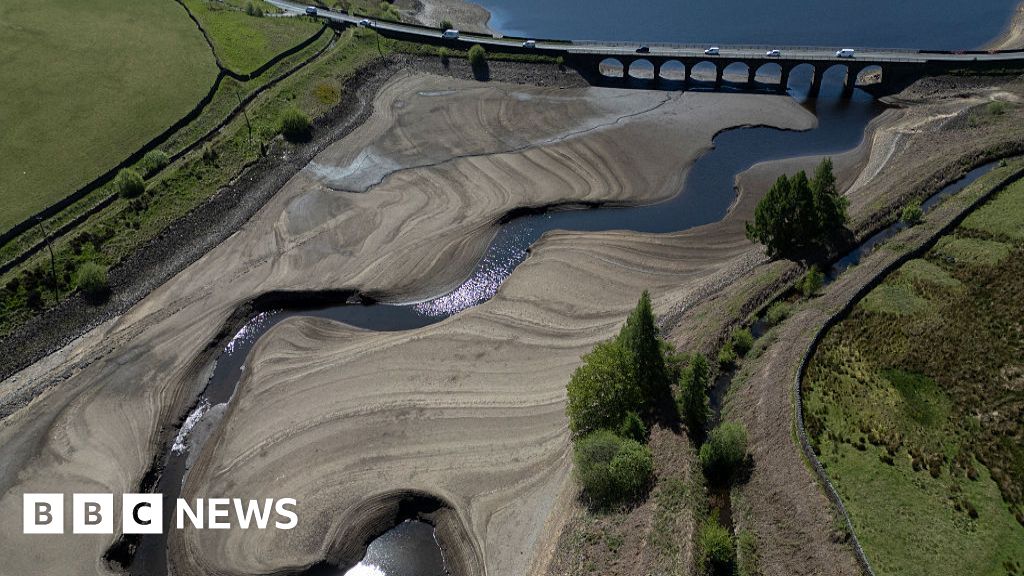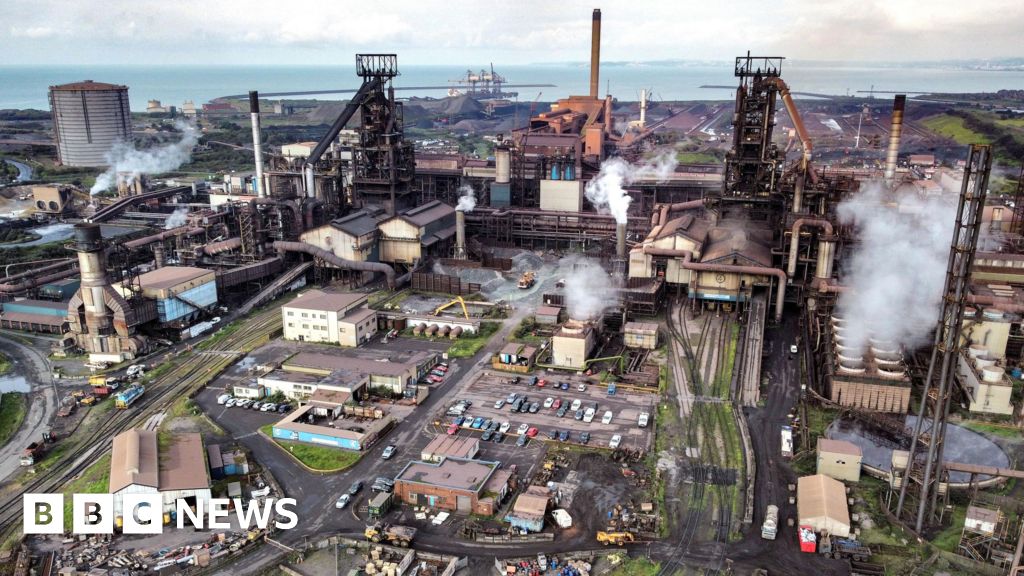ARTICLE AD BOX
By Matt McGrath
Environment correspondent
Image source, DIMITAR DILKOFF
Image caption,Fires in Siberia have contributed to brown carbon plumes in the Arctic
The dense plumes of wildfire smoke seen in recent years are contributing to the warming of the Arctic, say scientists.
Their study says that particles of "brown carbon" in the smoke are drifting north and attracting heat to the polar region.
The authors believe the growing number of wildfires helps explain why the Arctic is warming faster than the rest of the planet.
They're concerned that this effect will likely increase.
Over the past decade, smoke from raging wildfires in Australia, Portugal, Siberia and the US have changed the colour of the skies. The smoke has impacted human health, and the amount of carbon released by the burning has helped push emissions to record levels.
But now scientists say that all this burning has contributed to another serious issue - the loss of sea ice in the Arctic.
Researchers have long been familiar with "black carbon", the sooty particles that are emitted from diesel engines, coal burning, cooking stoves and other sources.
These aerosols, which absorb sunlight and turn it into heat, are known to be the second largest contributor to global warming.
The impact of these particles on the Arctic and on clouds has been well documented.
Image source, PATRICK T. FALLON
Image caption,A large plume of wildfire smoke seen from an airplane
However, the same can't be said for brown carbon - which principally comes from the burning of trees and vegetation but is also created, to a lesser degree, from fossil fuels. The warming effect of this less dense substance has been either ignored or estimated with huge uncertainty in climate models.
To develop a better understanding of the impacts, researchers travelled around the Arctic ocean on the Chinese icebreaker, Xue Long, in 2017.
While some previous estimates had shown brown carbon was responsible for just 3% of the warming effect compared to black carbon, the scientists found that it is doing far more damage in the region.
"To our surprise, observational analyses and numerical simulations show that the warming effect of brown carbon aerosols over the Arctic is up to about 30% of that of black carbon," says senior author Pingqing Fu, an atmospheric chemist at Tianjin University in China.
The study found that wildfires were the main source of this brown material - contributing twice as much to the warming effect of brown carbon in the Arctic than was coming from fossil fuels.
The authors believe that while black soot has played the major role, brown carbon had a hand in the exceptional warming being felt in the Arctic region in recent decades.
Image source, Anadolu Agency
Image caption,Firefighters in action in Argentina
Over the last 50 years, the icy north has been warming at three times the rate of the rest of the planet.
The main factor driving this difference is what's termed Arctic amplification.
What happens is that the ice and snow on the surface of the Arctic waters normally reflects most sunlight back to space, but as the ice melts the darker waters absorb much more heat, which in turn melts the ice even quicker.
But as wildfires in mid and northern latitudes have increased as the world warms, this new study finds that brown carbon from this source is having an increasing impact in the Arctic.
This is what scientists describe as a feedback loop, where the warmer world causes more fires, which in turn leads to less ice and more heat.
Image source, ALEXANDER NEMENOV
Image caption,A firefighter tackles a blaze in Siberia last year
"The increase in brown carbon aerosols will lead to global or regional warming, which increases the probability and frequency of wildfires," says Dr Fu, explaining the way the feedback loop works.
"Increased wildfire events will emit more brown carbon aerosols, further heating the earth, thus making wildfires more frequent."
As a recent UN study has shown, wildfires are likely to increase by up to 50% by the middle of this century, so the authors believe this brown carbon trend will likely increase.
The scientists involved in the study say that their work shows that the importance of managing vegetation fires is not just about saving lives and limiting the damage done by burning - it also has a role in limiting the warming of the planet.
The study has been published in the journal, One Earth.
Follow Matt on Twitter @mattmcgrathbbc.

 3 years ago
67
3 years ago
67








 English (US) ·
English (US) ·